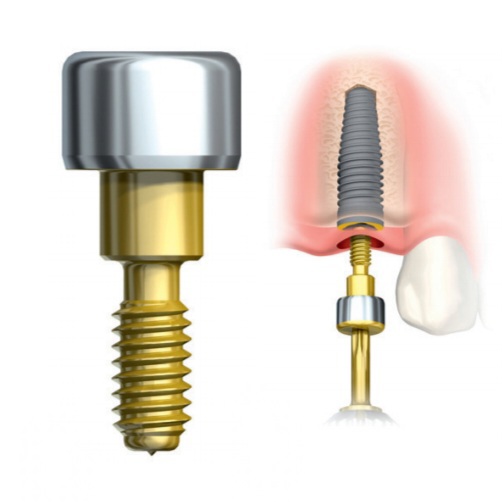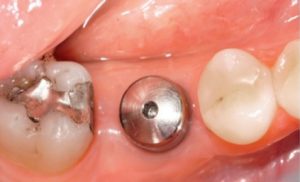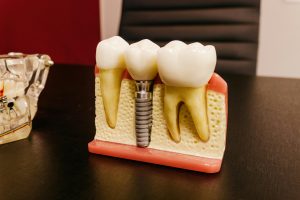Dental implants have become a popular and effective solution for replacing missing teeth, offering durability and functionality comparable to natural teeth. One common question that arises is, “What are dental implants made of?” Understanding the materials used in dental implants is crucial for anyone considering this dental procedure. In this comprehensive guide, we’ll delve into the composition of dental implants, exploring each material in detail and shedding light on their role in creating a successful implant.
Table of Contents
The Components of Dental Implants
What are Dental Implants Made of?
Dental implants are typically composed of three main components: the implant itself, the abutment, and the prosthetic crown. Each component plays a vital role in the overall function and aesthetics of the dental implant.
1. The Implant: Titanium or Zirconia
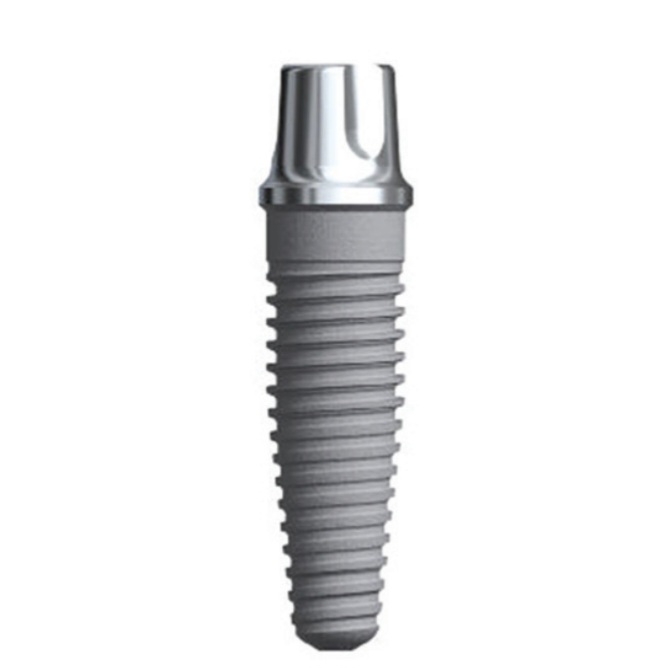
The implant, which serves as the artificial tooth root, is usually made of titanium or zirconia. Titanium implants are the most common due to their excellent biocompatibility and ability to fuse with the jawbone through a process called osseointegration. This integration provides a stable foundation for the prosthetic tooth.
Zirconia implants, on the other hand, offer an alternative for individuals with metal sensitivities or aesthetic preferences. While not as well-studied as titanium implants, zirconia implants are known for their strength, durability, and tooth-like appearance.
2. The Abutment: Titanium or Zirconia
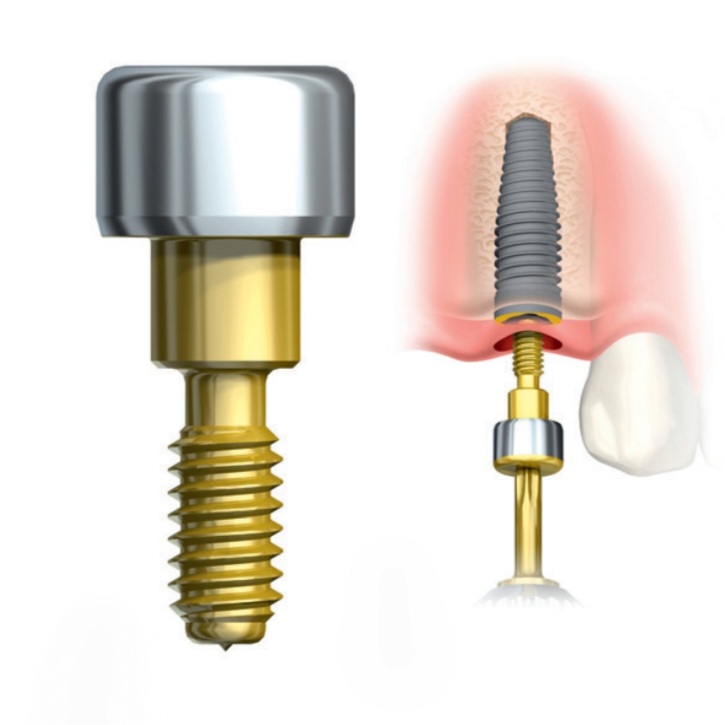
The abutment connects the implant to the prosthetic crown. Like the implant, abutments can be made of titanium or zirconia. Titanium abutments are commonly used due to their compatibility with titanium implants and ability to withstand chewing forces.
Zirconia abutments, while less common, offer a more natural look, especially for patients with thin gum tissue or a high smile line. They also eliminate the risk of metal showing through the gums, enhancing the overall aesthetic outcome of the implant restoration.
3. The Prosthetic Crown: Ceramic or Porcelain
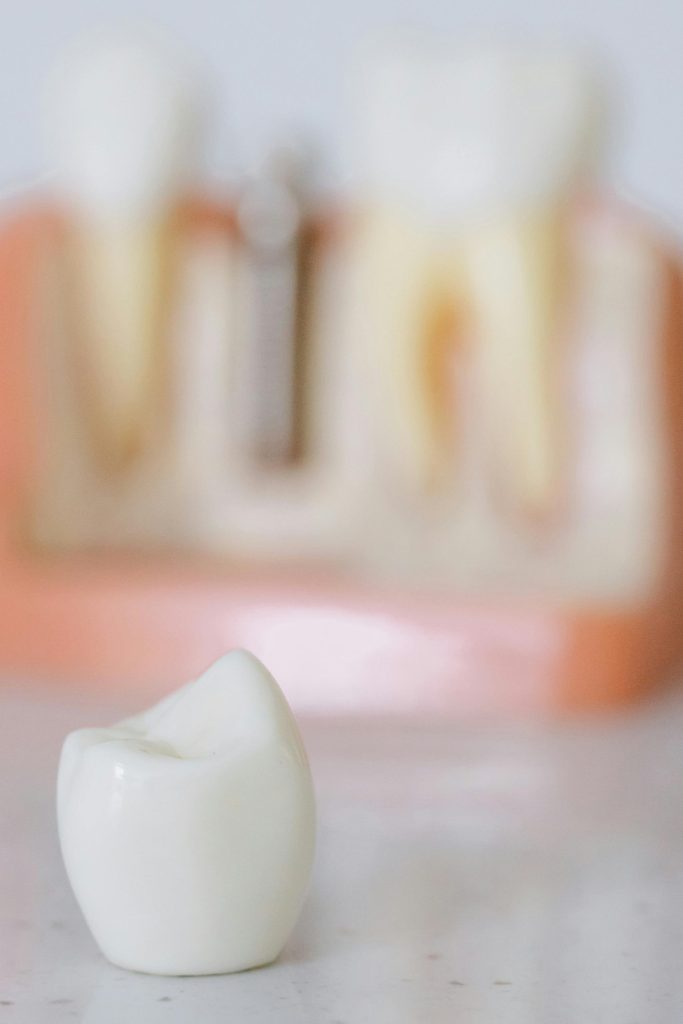
The prosthetic crown is the visible part of the dental implant that resembles a natural tooth. It is typically made of ceramic or porcelain materials. These materials are chosen for their lifelike appearance, durability, and ability to mimic the translucency of natural teeth.
Ceramic crowns are highly aesthetic and resistant to staining, making them a popular choice for front teeth restorations. Porcelain crowns, while slightly less translucent than ceramic, offer exceptional durability and longevity, making them suitable for posterior teeth replacements.
Comparing Titanium and Zirconia Implants: Materials that dental implants are made of
Titanium Implants
- 1. Biocompatibility: Titanium implants have a long history of successful use in dental implantology due to their excellent biocompatibility. They are well-tolerated by the body, leading to high success rates.
- 2. Osseointegration: Titanium implants promote osseointegration, allowing them to fuse with the surrounding jawbone for stability and support.
- 3. Strength and Durability: Titanium implants are known for their strength and durability, making them suitable for various clinical situations.
- 4. Cost-effectiveness: Titanium implants are generally more cost-effective than zirconia implants, making them a preferred choice for many patients.
Zirconia Implants
- Aesthetic Appeal: Zirconia implants offer a more natural appearance, especially for patients concerned about metal show-through or allergies to metal materials.
- Biocompatibility: While not as extensively studied as titanium implants, zirconia implants are considered biocompatible and suitable for dental implantation.
- Strength and Durability: Zirconia implants are known for their strength and resistance to fracture, providing long-term stability for implant restorations.
- Minimized Heat Conductivity: Zirconia implants have lower heat conductivity compared to titanium, which may benefit patients with temperature sensitivity.
The Role of Ceramic and Porcelain in Dental Implants
Ceramic Crowns
- Aesthetic Excellence: Ceramic crowns offer exceptional aesthetic results, closely mimicking the appearance of natural teeth in terms of color, translucency, and texture.
- Stain Resistance: Ceramic materials are highly resistant to staining, maintaining their bright and natural appearance over time with proper care.
- Gum Tissue Compatibility: Ceramic crowns blend seamlessly with gum tissue, creating a harmonious and lifelike smile.
- Suitability for Front Teeth: Due to their aesthetic properties, ceramic crowns are often preferred for front teeth restorations where appearance is a primary concern.
Porcelain Crowns
- Durability: Porcelain crowns are known for their durability and ability to withstand chewing forces, making them suitable for posterior teeth restorations.
- Natural Appearance: While slightly less translucent than ceramic, porcelain crowns still offer a natural appearance that blends well with surrounding teeth.
- Longevity: With proper care and maintenance, porcelain crowns can last for many years, providing a reliable and functional solution for missing teeth.
Summarizing What are Dental Implants Made of
Understanding what dental implants are made of is essential for patients considering this restorative dental procedure. The choice of materials, including titanium or zirconia for implants and ceramic or porcelain for crowns, plays a significant role in the success, aesthetics, and longevity of dental implants.
By weighing the advantages and considerations of each material, patients can make informed decisions in collaboration with their dental professionals. Whether opting for traditional titanium implants or exploring alternatives like zirconia, the goal is to achieve optimal oral health, function, and confidence through successful dental implantation.

